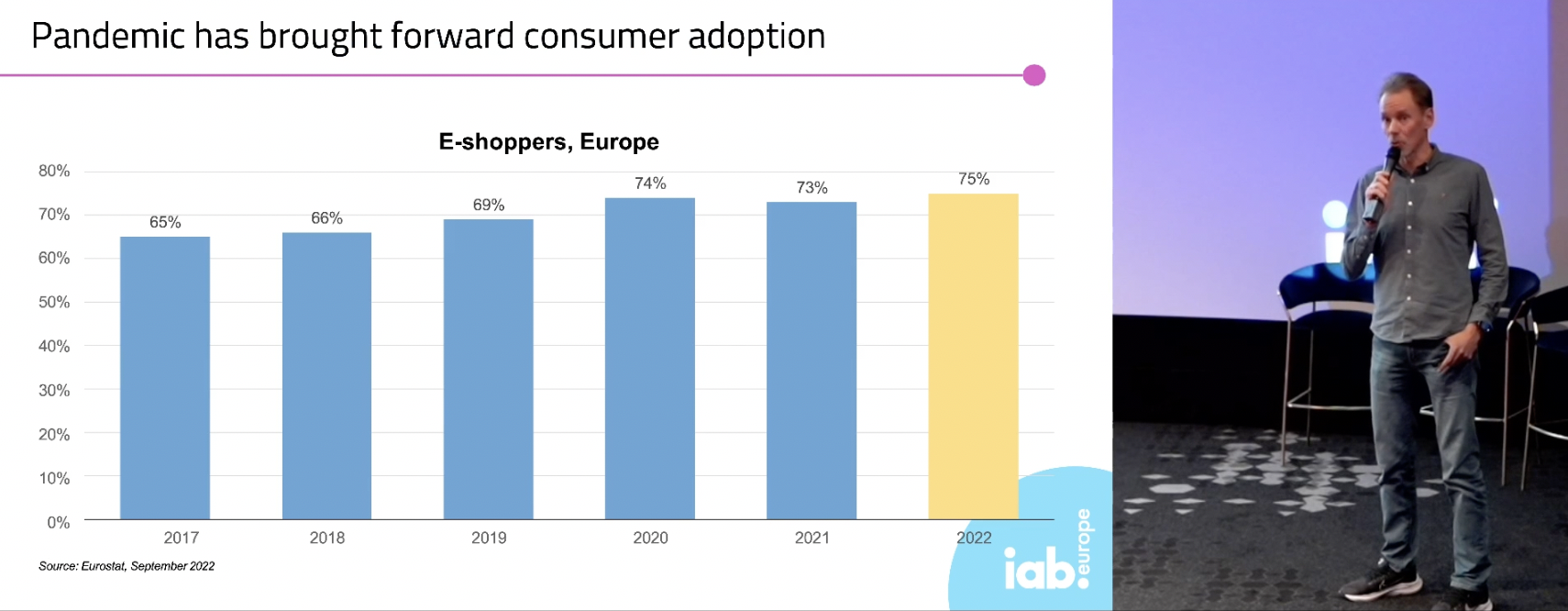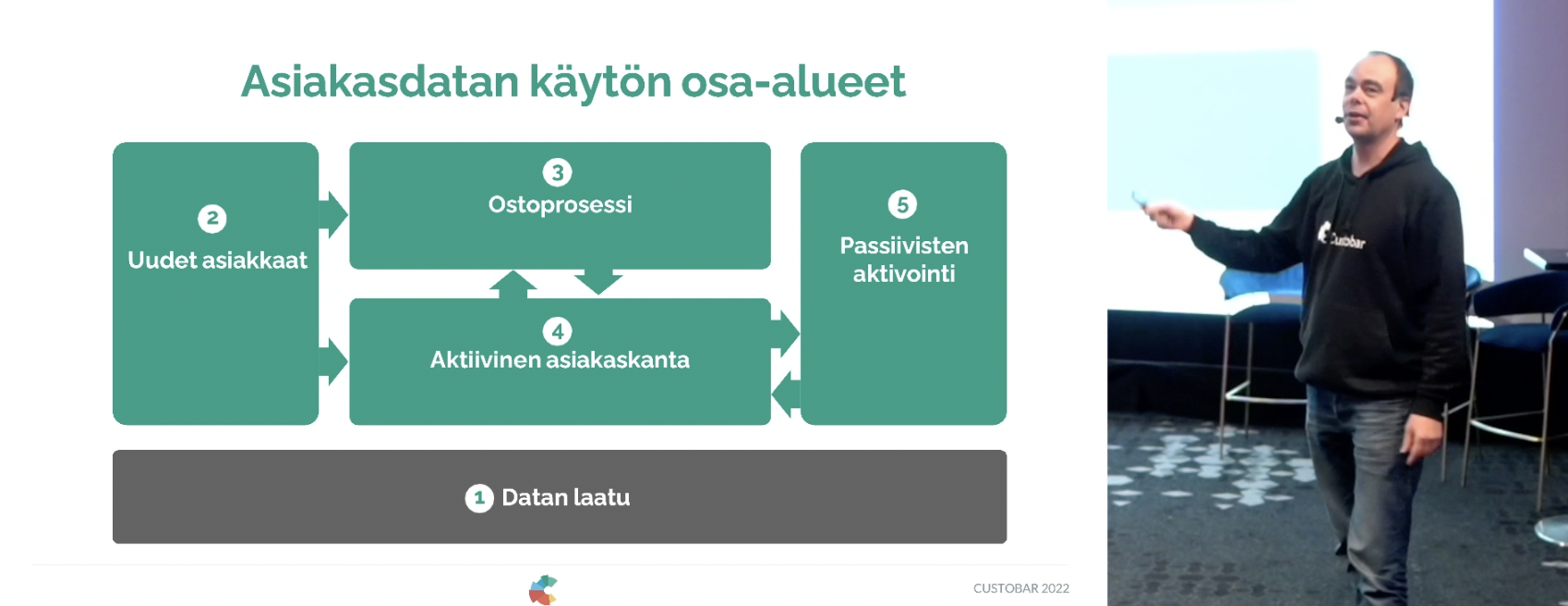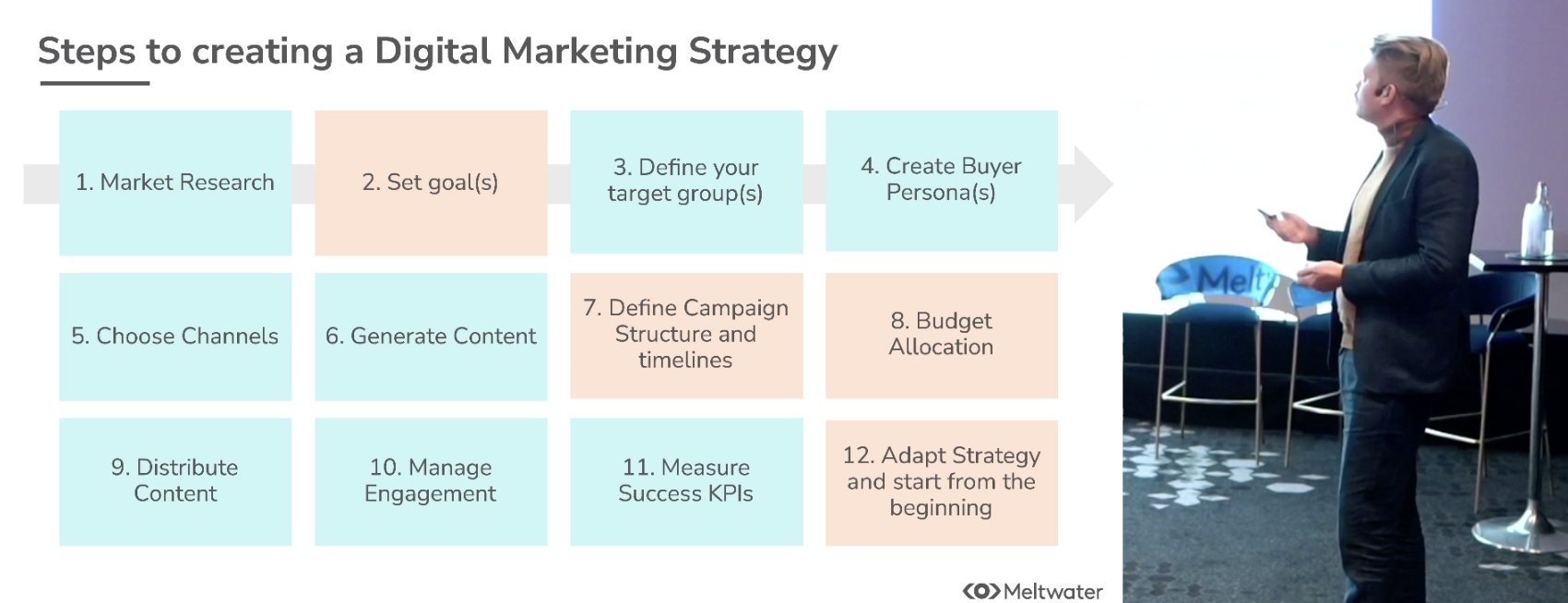Usually when entering Helsinki’s main movie theatre Finnkino you expect to see superheroes, bad guys and action stars. But this week’s Thursday you might have also run into some unexpected everyday heroes: e-commerce professionals and MarTech enthusiasts.
More than 100 e-commerce professionals had gathered to take part in DIGI(stä)BISNESTÄ event organised by IAB Finland. The seminar discussed the rapid digitization in the post-pandemic world and gave tips on how e-commerce businesses can prepare for the challenges that digitalization brings.
BISNEST%C3%84.png?width=1300&name=EVENT%20giosg%20@%20DIGI(st%C3%A4)BISNEST%C3%84.png)
The rise of digitalization
COVID has had a big impact on the growth of digitalization. Online buying increased dramatically during the Pandemic.
“75% of Europeans will shop online in 2022. In Finland, this figure is about 81%,” Pasi Raassina, the Managing Director of IAB Finland, says.

Though confidence in the future growth of online stores should be high, the growth is most likely not going to be as strong as it has been in the last few years.
“The concerns over inflation, hikes in energy prices and the overall economic instability are going to impact the growth percentages,” Rassina says.
Customer data in e-commerce
To keep growing in this digital-first world, e-commerce businesses should think about how they use customer data.
“More online shoppers in Finland are willing to give their data to get better service,” says Jaakko Kuivalainen, Director of Sanoma’s B2B Digital Business.
32% of Finnish consumers want to be recognised when they come back to shop, so they can receive personalised offers.
Monetizing first-party data
First-party data - which is the data that your business owns and collects from consumers directly - is getting more and more valuable.
“Since we know that we won’t be able to collect as much data through 3rd party cookies, the value of the company's own data has increased,” Tatu Kuivalahti, the CEO of Custobar, says.
But how can companies monetize this data?
The key to using this data effectively is to sync the Customer Data Platform (CDP) to marketing automatization tools, so you can use the data to create highly targeted ads for your customers, Kuivalahti says.

What data should be tracked?
There is so much data that it can be hard to focus and know what to prioritize. Kuivalahti says you should first investigate the quality of your data.
“Data quality is the foundation of the whole data collection process.”
After you have fixed the quality of the data, you should focus on these 4 KPIs:
👉🏽 How many new customers you are getting
Old customers can maintain your business but they might not be enough to grow it.
👉🏽 How smooth is the buying process
Do you have any bottlenecks in the buying process? At what stage do people tend to exit the buying process? How many people complete the process successfully?
👉🏽 How many existing customers buy again?
Too many businesses are too price-focus when they try to activate the customers to buy again. They just run more promotions to keep customers activated.
“If you are constantly doing this with promotions and discounts the customers will learn and expect it. It is not a sustainable way to do it.”
Kuivalahti says you should instead focus on meaningfulness. You need to create an experience that is meaningful and relevant to the customer, and to create content that interests them.
“It is important to know what makes your business unique, and what is the strength of your business. Why do customers return to you?”
👉🏽 How to activate passive customers?
What is the amount of passive customers in your customer base? What has worked in the past to get them to buy again?
Social media and data
Social media has an increased amount of data on customers in the post-pandemic world.
“More people are buying online and of course, that means that more people are making comments and giving opinions online,“ Juri Volama, Account Executive Director from Meltwater Nordics, says.

Volama says that social media monitoring is moving towards social consumer insights. This includes looking for connections and common interests among your followers when investigating consumer data on social media.
“You can see what other brands your followers like to follow, what websites they visit, what type of hashtags they use,” Volama explains.
This type of consumer data is more powerful for marketing than traditional demographics data. This is because demographic data does not give a full picture.
For example, if you look at traditional demographics data, King Charles and Ossy Osborne - who are both the same age, white males and economically wealthy - might look like the same buyer personas, but we all know that in reality, they have very little in common.
Volama gave an example of Chivas Regal that used consumer data that they discovered on social media of rappers drinking Chivas Regal with Redbull. They decided to use this data and created a successful marketing campaign together with Redbull.
“If they had focused on traditional demographic data for marketing they might have not been able to reach a new type of target group,” Volama says.
The pillars of growing e-commerce business
Using data efficiently won’t alone grow your e-commerce business. Many things have to fall in place for a business to thrive.
“You might think your competitor has it all figured but it is not often the case, But many businesses have areas to develop,” Janica Soppela, Founder of Ignia, says.

Video marketing and influencer
Video marketing is used very little in e-commerce marketing in Finland compared to the rest of the world.
“Nearly all global players use videos for prospecting,” Petri Vatanen, the Head of eCom & Martech Growth from Sanoma, says.
Video is good at removing obstacles in the buying journey. With video, you can tell how your product will solve all these issues in the consumer's life.
Hanna Jerkku, the Principal Consultant at Tietoevry, agrees about the use of video.
“No matter how complex the product is you can create a fandom around it,” she says.
Influencer marketing is also getting more important.
“People like to learn and listen to people that they find interesting and whom they trust,” Soppela says.
5 tips to make your e-commerce store grow:
🟣 Focus on high-quality pictures and product information
🟣 Make sure your website is easy to navigate and products are quick to find
🟣 Invest in SEO so your store is easy to discover
🟣 Use videos in your marketing
🟣 Invest in influencers and social media
Want to check out more e-commerce insights from experts? Check out our recent e-commerce event summary Suhdanteet 2023: Difficult economic times underline sustainability and personalisation in retail.